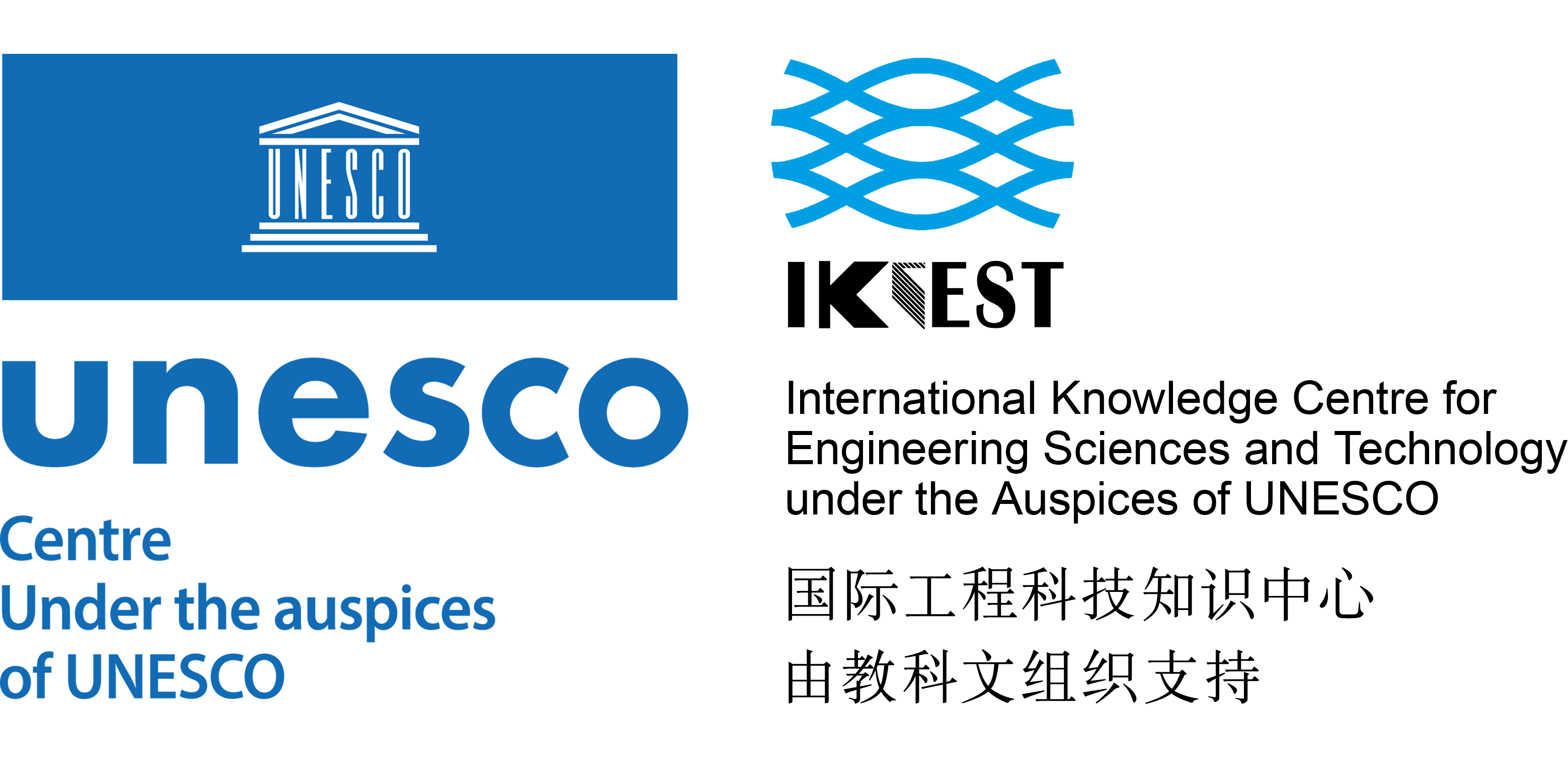
A CG image of nuclear fusion. /CNNC
The International Atomic Energy Agency chief Rafael Mariano Grossi praised China's contributions to global fusion energy technology during the agency's 30th Fusion Energy Conference (FEC 2025), held from October 14 till 18 in Chengdu, southwest China.
The agency has designated the Southwestern Institute of Physics (SWIP), a subsidiary of China National Nuclear Corporation (CNNC), as its first "Fusion Energy Research and Training Cooperation Center."
Pietro Barabaschi, Director-General of International Thermonuclear Experimental Reactor (ITER), said he welcomed the move, noting China's strong collaboration with ITER partners.
China is one of the seven members contributing to ITER – one of the largest international science project based in France – and is responsible for the delivery and assembly of key components.
"In September this year, we achieved 2,000 consecutive days of safe production. In terms of quality, we have received the highest rating of 'excellent' from the clients for four consecutive years," said He Xuxia, director of the Nuclear Fusion Engineering Technology Center at China Nuclear Power Engineering (CNPE) under CNNC.
Chinese experts have emphasized the importance of international collaboration in driving fusion progress.
"Fusion energy is transitioning from scientific research to engineering practice and commercial application. It requires the joint efforts of the international community to promote the development," said Huang Ping, secretary-general of the China Atomic Energy Authority.
Chinese institutes and companies are leading innovation in the field. Breakthroughs are being seen in the development of different devices, hoping to address questions on the physics, engineering and fuel cycle that could be used in future fusion power plants.
At the FEC 2025, several scientists shared recent achievements with CGTN.
"On October 1 this year, we achieved a very important milestone in our device, with the Dewar base smoothly placed in the main building," said Liu Zhihong, researcher at the Institute of Plasma Physics in Chinese Academy of Sciences.
"In an experiment in the first half of this year, both the ion and the electron temperatures reached over 100 million degrees Celsius," said Zhong Wulyu, director of Fusion Science of CNNC's Southwestern Institute of Physics.
Liu Minsheng, president of the Energy Research Institute at ENN Group, said they are making steady progress on their quest for using hydrogen-boron fuel – an alternative to deuterium-tritium fuel for fusion energy.
"We hope that by 2029 or 2030, the entire plasma will be able to undergo the hydrogen-boron fusion reaction," Liu said.








 User Center
User Center My Training Class
My Training Class Feedback
Feedback












Comments
Something to say?
Login or Sign up for free